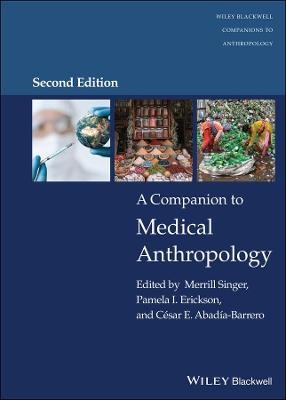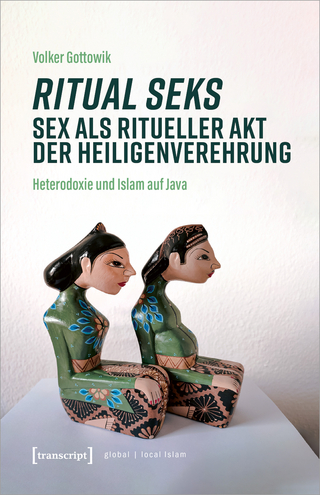
Of Hairy Kings and Saintly Slaves
An Ethiopian Travelogue
Seiten
2018
Sean Kingston Publishing (Verlag)
978-1-907774-19-5 (ISBN)
Sean Kingston Publishing (Verlag)
978-1-907774-19-5 (ISBN)
Sketches and local legends are interwoven in this travelogue, on the Ethiopian Central Highlands, exploring the Portuguese architectural legacy, near ruins now but with echoes of its lost splendour still remaining in the Amhara oral tradition. This book perfectly illustrates and illuminates how drawing can play a more active part in ethnography.
A lost sketch book on a Portuguese castle rampart left Manuel Joao Ramos bereft, and the impulse to draw deserted him - but his first trip to Ethiopia reawakened this pleasure, so long denied. Drawing obsessively and free from care, his rapidly caught impressions convey the rough edges of the intensely lived experiences that are fundamental to the desire to travel. For the travel sketch is more than a record or register of attendance (`been there, seen that'): it holds invisibly within itself the remnant of a look, the hint of a memory and a trace of an osmosis of feelings between the sketcher and the person or objects sketched. Less intrusive than using a camera, Ramos argues drawing comprises a less imperialist, more benign way of researching: his sketchbook becomes a means of communication between himself and the world in which he travels, rendering him more human to those around him.
As he journeys through the Ethiopian Central Highlands, collecting historical legends of the power struggles surrounding the arrival of the first Europeans in the mid-sixteenth century, he is drawn to the Portuguese legacy of castles, palaces and churches, near ruins now, though echoes of their lost splendour are retained in oral accounts. Excerpts from his diary, as well as journalistic pieces, share the conviviality of his encounters with the priests, elders and historians who act as custodians of the Amhara oral tradition. Their tales are interwoven with improvised, yet assured, drawings, and this informality of structure successfully retains the immediacy and pleasure of his discovery of Ethiopia. It also suggests the potential for drawing to play a more active part in anthropological production, as a means of creating new narratives and expositional forms in ethnography, bringing it closer to travel writing or the graphic novel.
A lost sketch book on a Portuguese castle rampart left Manuel Joao Ramos bereft, and the impulse to draw deserted him - but his first trip to Ethiopia reawakened this pleasure, so long denied. Drawing obsessively and free from care, his rapidly caught impressions convey the rough edges of the intensely lived experiences that are fundamental to the desire to travel. For the travel sketch is more than a record or register of attendance (`been there, seen that'): it holds invisibly within itself the remnant of a look, the hint of a memory and a trace of an osmosis of feelings between the sketcher and the person or objects sketched. Less intrusive than using a camera, Ramos argues drawing comprises a less imperialist, more benign way of researching: his sketchbook becomes a means of communication between himself and the world in which he travels, rendering him more human to those around him.
As he journeys through the Ethiopian Central Highlands, collecting historical legends of the power struggles surrounding the arrival of the first Europeans in the mid-sixteenth century, he is drawn to the Portuguese legacy of castles, palaces and churches, near ruins now, though echoes of their lost splendour are retained in oral accounts. Excerpts from his diary, as well as journalistic pieces, share the conviviality of his encounters with the priests, elders and historians who act as custodians of the Amhara oral tradition. Their tales are interwoven with improvised, yet assured, drawings, and this informality of structure successfully retains the immediacy and pleasure of his discovery of Ethiopia. It also suggests the potential for drawing to play a more active part in anthropological production, as a means of creating new narratives and expositional forms in ethnography, bringing it closer to travel writing or the graphic novel.
Manuel Joao Ramos was born in May 1960. He is a professor of anthropology at ISCTE University Institute of Lisbon and a researcher in Ethiopian studies in that university's Centre of International Studies. He is also active as an illustrator and essayist.
Contents; Introduction; An Ethiopian travelogue; Ethiopian stories; Biographical note.
| Erscheinungsdatum | 04.10.2018 |
|---|---|
| Illustrationen | Manuel Joao Ramos |
| Übersetzer | Christopher Tribe |
| Zusatzinfo | 76 full colour pages of sketches |
| Verlagsort | Oxon |
| Sprache | englisch |
| Maße | 140 x 216 mm |
| Gewicht | 495 g |
| Themenwelt | Geisteswissenschaften ► Geschichte |
| Sozialwissenschaften ► Ethnologie ► Völkerkunde (Naturvölker) | |
| Sozialwissenschaften ► Soziologie | |
| Technik ► Architektur | |
| ISBN-10 | 1-907774-19-X / 190777419X |
| ISBN-13 | 978-1-907774-19-5 / 9781907774195 |
| Zustand | Neuware |
| Haben Sie eine Frage zum Produkt? |
Mehr entdecken
aus dem Bereich
aus dem Bereich
Schweden : Ambiguitäten verhandeln - Tolerieren als soziale und …
Buch | Softcover (2023)
Brill Schöningh (Verlag)
49,90 €
Buch | Softcover (2023)
transcript (Verlag)
54,00 €


